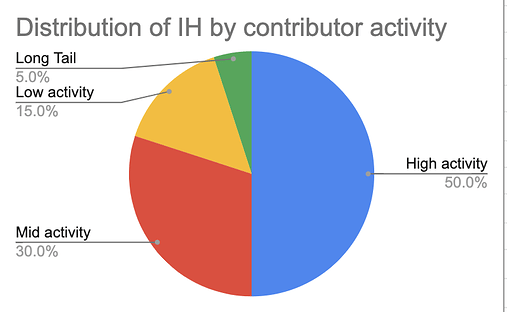The Impact Hour analysis and voting process are over and here is a summary of what happened and how we are moving forward:
The TEC has chosen to use the Trusted Seed Swiss Association as its legal strategy to offer a shield to Hatch participants who will be bootstrapping the TEC’s economy. Contributors who have received Impact Hours through praise but haven’t yet activated its membership won’t receive IH tokens.
During the last 2 months, all the praise dished in the TEC were analyzed. We gathered the issues raised into a problem set that served as the template for IH intervention proposals on Tokenlog.
-
Does this proposal address that some categories may be under rewarded and others over rewarded?
-
Does this proposal address the fact that paid contributors have had a 50-85% reduction to their total number of impact hours?
-
Does this proposal address that foundational members of the Token Engineering Community may lack recognition for their less visible work?
-
Does this proposal address the distribution of impact hours in relation to equality metrics such as the Gini Coefficient?
9 proposals were submitted and the 4 top voted ones made it to the runoff.
- The top 2 proposals of the runoff were “No Abnormal Intervention” and “Praisemagedon”
- No Abnormal Intervention addressed problems 2 and 3. #2 - It suggested an infinite vesting for paid contributors, so they would still have a financial deduction but not a governance deduction for most of their IH. #3 - Proposed a Praise party for Token Engineers to ensure they were well rewarded.
- Praisemagedon addressed the 4 problems by suggesting reshaping the distribution, dividing contributors into activity buckets of high, medium, low and longtail. It also suggested an adjustment for paid contributors.
The community reaction to these 2 proposals was very polarized: No Abnormal Intervention had 2590 votes and Praisemagedon had 2389 votes while 3rd and 4th places had 1292 votes combined.
60 unique addresses participated in the full voting cycle including the primaries and a total of 12920 votes were cast.
A scenario that would make half of the community unsatisfied if either of the top proposals won didn’t sound right. We are a value aligned community that has been working incredibly well together for the past year. This was the first polarized situation we have faced, and the first opportunity to choose compromise.
Griff and Jeff, the authors of the top two proposals, agreed to hack on the best solution to integrate them both. What does this look like?
For context, the winning Hatch Params proposal #83 has set a percentage of the total token supply to be allocated to builders. 25% at the min goal, 20% at target goal and 10% at the max goal. The total number of Impact Hours being distributed is 9731.413.
Proportionally to the number of votes of the runoff, No Abnormal Intervention will have an impact over 52% of the IH and Praisemagedon over 48% of the IH. So if we reach the max goal for example, 52% of those 10% will be impacted by No Abnormal Intervention, and 48% of those 10% will be impacted by Praisemagedon.
How is each proposal being implemented?
 No Abnormal intervention:
No Abnormal intervention:
- It maintains the original IH distribution to 52% of the total IH.
- The last praise quantification had a larger distribution than normal with a bonus for Token Engineers who were praised in the “TE praise party”
- A proposal to implement infinite vesting to paid contributors might be submitted to the Commons after the upgrade.
- An audit was made to adjust paid contributors’ rates and fix errors from previous quantifications, maintaining the policies used in the process so far.
 Praisemagedon:
Praisemagedon:
-
Contributors were divided into 4 buckets based on their activity.
-
The buckets will correspond to Praisemagedon’s 48% distribution.
-
We have 29 contributors in the high bucket that will receive 50% of the distribution, 46 contributors in the mid bucket that will receive 30%, 115 contributors in the low bucket that will receive 15% and 193 contributors in the longtail bucket that will get 5% of the distribution.
-
To prevent a sharp drop between one bucket and another and aim for a gradually round-out distribution, a curve will be applied according to the total IH each contributor would receive if adjustments haven’t happened. Eg.: 2 people are in the mid bucket, one with many IH, other with less IH. The one with more IH will be on the top of the mid bucket, while the one with less will be in the bottom, closer to the low bucket.
-
After the bucket distribution is ready, another augmentation will be applied where paid contributors will get deductions according to how many times they received compensation.
This post will continue to be updated in the next couple of days when everything is ready and the lists with the IH results can be shared in their last version for the Hatch.
Thanks to everyone who is participating in this process 

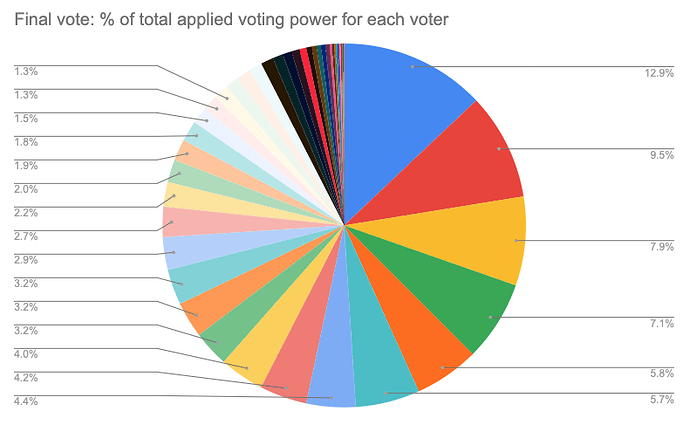
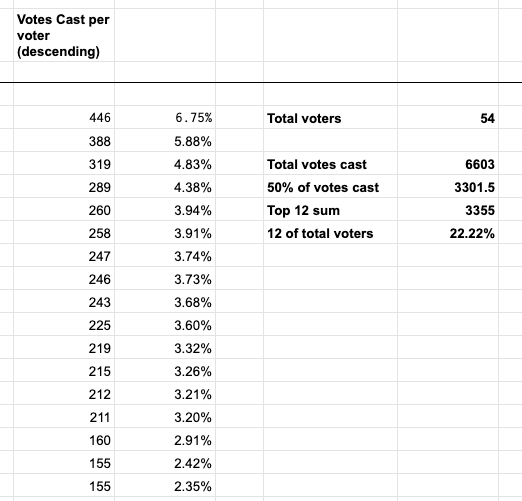
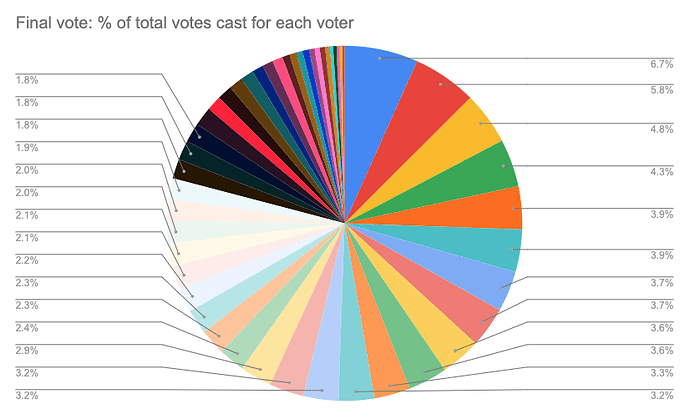

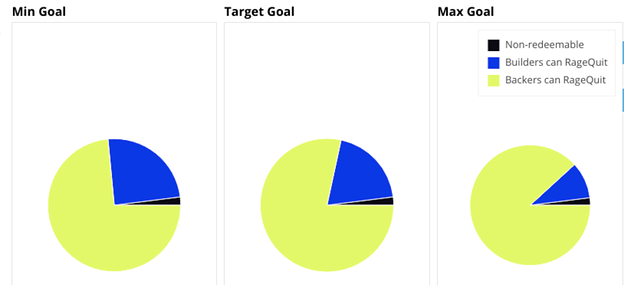
 No Abnormal intervention:
No Abnormal intervention: Praisemagedon:
Praisemagedon: